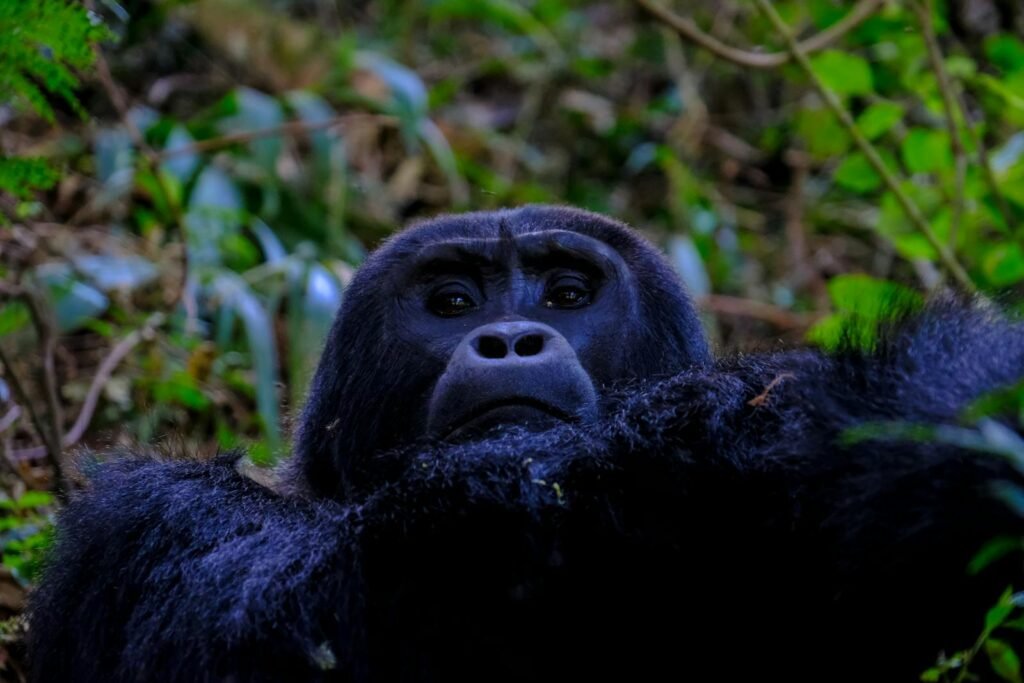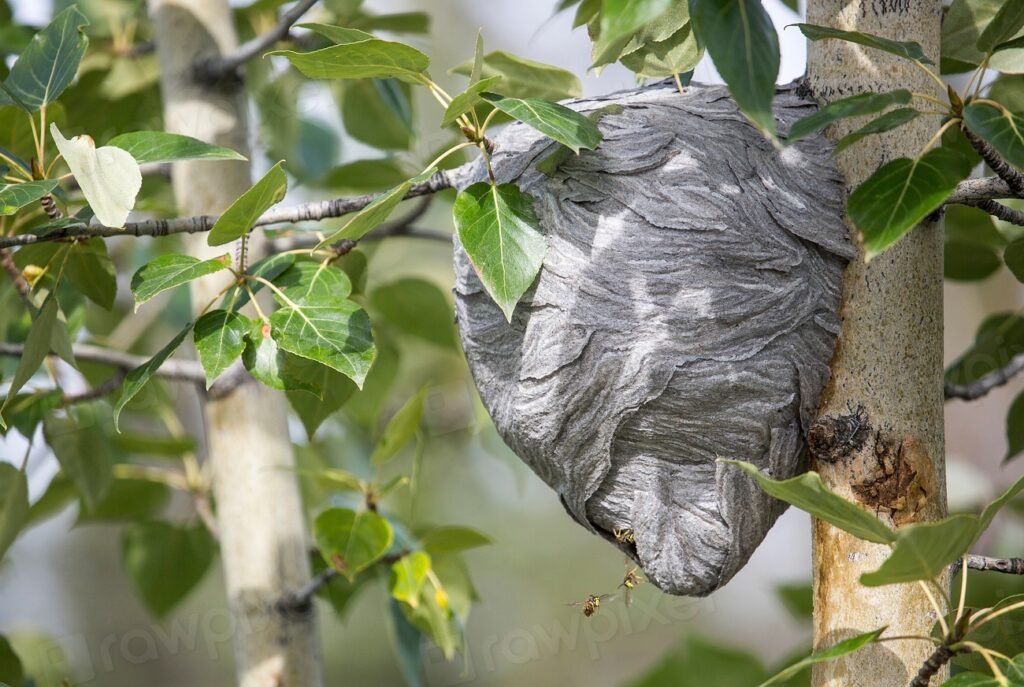Imagine a bird so clever it crafts its own tools, a feathered genius whose very existence teeters on the edge of extinction. The Hawaiian crow, or ‘Alalā, isn’t just another pretty bird in paradise. It’s a symbol of intelligence, resilience, and the fierce struggle against the odds. Once a vibrant presence in Hawaii’s forests, this remarkable creature now finds itself in a fight for survival—a battle that has rallied scientists, conservationists, and an entire community determined not to let its story end. The fate of the ‘Alalā is more than a tale about a bird; it’s a reflection of our connection to the natural world and the lengths we’re willing to go to protect it.
The Unique Identity of the ‘Alalā
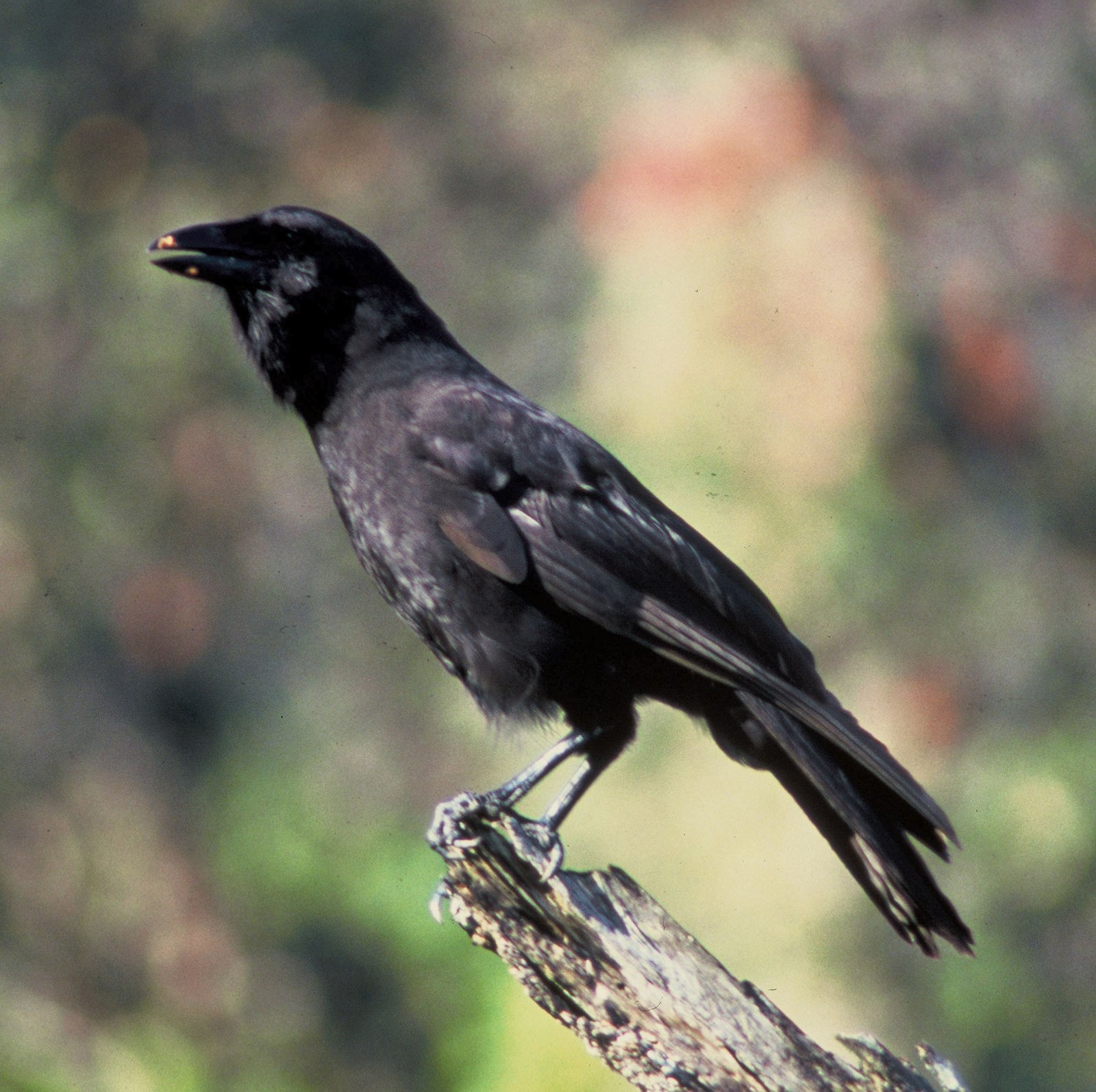
The Hawaiian crow, known locally as the ‘Alalā, stands out not just for its glossy black feathers and expressive calls, but for its extraordinary intelligence. Roughly the size of a hawk, it is instantly recognizable by its thick, arched beak and soulful eyes. Unlike many other birds, the ‘Alalā has a personality that seems almost human—curious, social, and sometimes mischievous. These birds form tight family bonds, working together to forage and raise chicks. Their calls echo through the forest, a chorus of whistles and squawks that seem to tell a thousand stories. For native Hawaiians, the ‘Alalā is woven into legends and chants, symbolizing both mystery and warning.
Vanishing Voices: The Plight of Extinction
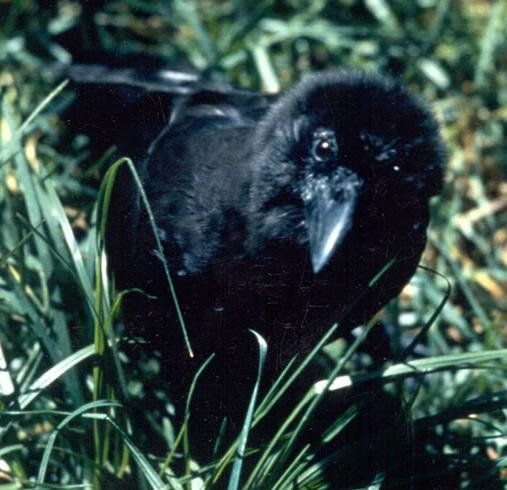
Once common across the forests of Hawaii’s Big Island, the ‘Alalā’s haunting calls fell silent in the wild by the early 2000s. Habitat loss, disease, and invasive predators drove their numbers to the brink. Feral cats, mongooses, and rats devoured eggs and chicks, while avian malaria and pox spread through the population. By the time alarm bells rang loud enough, the wild ‘Alalā was functionally extinct. Their disappearance left a gaping hole in the island’s ecosystem, and the silence in the forests served as a stark reminder of how easily a unique species can vanish. The loss wasn’t just ecological—it was deeply personal for the people who had revered the bird for centuries.
A Bird With a Tool Belt: Unraveling Their Intelligence
What truly sets the ‘Alalā apart from other birds is its astonishing ability to use tools. Scientists were amazed to discover these crows fashion sticks and leaves into instruments for extracting insects from tree bark and crevices. This kind of problem-solving is rare in the animal kingdom, putting the ‘Alalā in the same league as the famously brainy New Caledonian crow. Researchers have observed them shaping twigs, even stripping leaves to make the perfect probe. This “tool belt” isn’t just a party trick—it gives the ‘Alalā a unique edge in the wild, demonstrating a level of cognitive sophistication that rivals some primates. Their intelligence offers hope that, if given a chance, they could adapt to a changing world.
The Cultural Heartbeat of Hawaii
For native Hawaiians, the ‘Alalā is more than just another bird; it is a living link to ancestors and traditions. In ancient legends, the ‘Alalā was seen as a guardian, a messenger between worlds, and a warning of danger. Its distinctive call was believed to carry the voices of the spirits. When the ‘Alalā disappeared from the forests, it wasn’t just a biological loss—it was a cultural wound. Elders recall hearing their calls as children, and their absence leaves stories unfinished. Reviving the ‘Alalā isn’t just about saving a species; it’s about restoring a vital part of Hawaii’s heritage.
Raising Crows: The Challenges of Captive Breeding
With the wild population gone, the fate of the ‘Alalā rested in captive breeding programs. Conservationists painstakingly collected the last eggs and chicks, raising them in special aviaries insulated from disease and predators. Breeding crows in captivity is an art and a science, requiring patience and deep understanding. Every chick is precious, and keepers go to great lengths to ensure they develop the skills needed for survival. Hand puppets shaped like adult crows are used to feed chicks, preventing them from becoming too tame. Socialization is carefully managed to keep their wild instincts sharp. Despite setbacks, these efforts have slowly built up a captive population strong enough to dream of reintroduction.
The Daunting Task of Reintroduction
Releasing captive-bred ‘Alalā back into the wild is a high-stakes gamble. The forests they once called home are not the same—diseases still linger, predators roam, and food can be scarce. Conservationists must choose release sites with care, fencing out threats and restoring native plants. Before release, the crows are trained to recognize predators and forage for natural foods. The first attempts met heartache, as many birds struggled to adapt and some were lost. But each setback taught valuable lessons. Now, with improved strategies and stronger birds, hope is rising that the ‘Alalā may yet reclaim its wild kingdom.
Guardians on the Frontline: Conservation Heroes
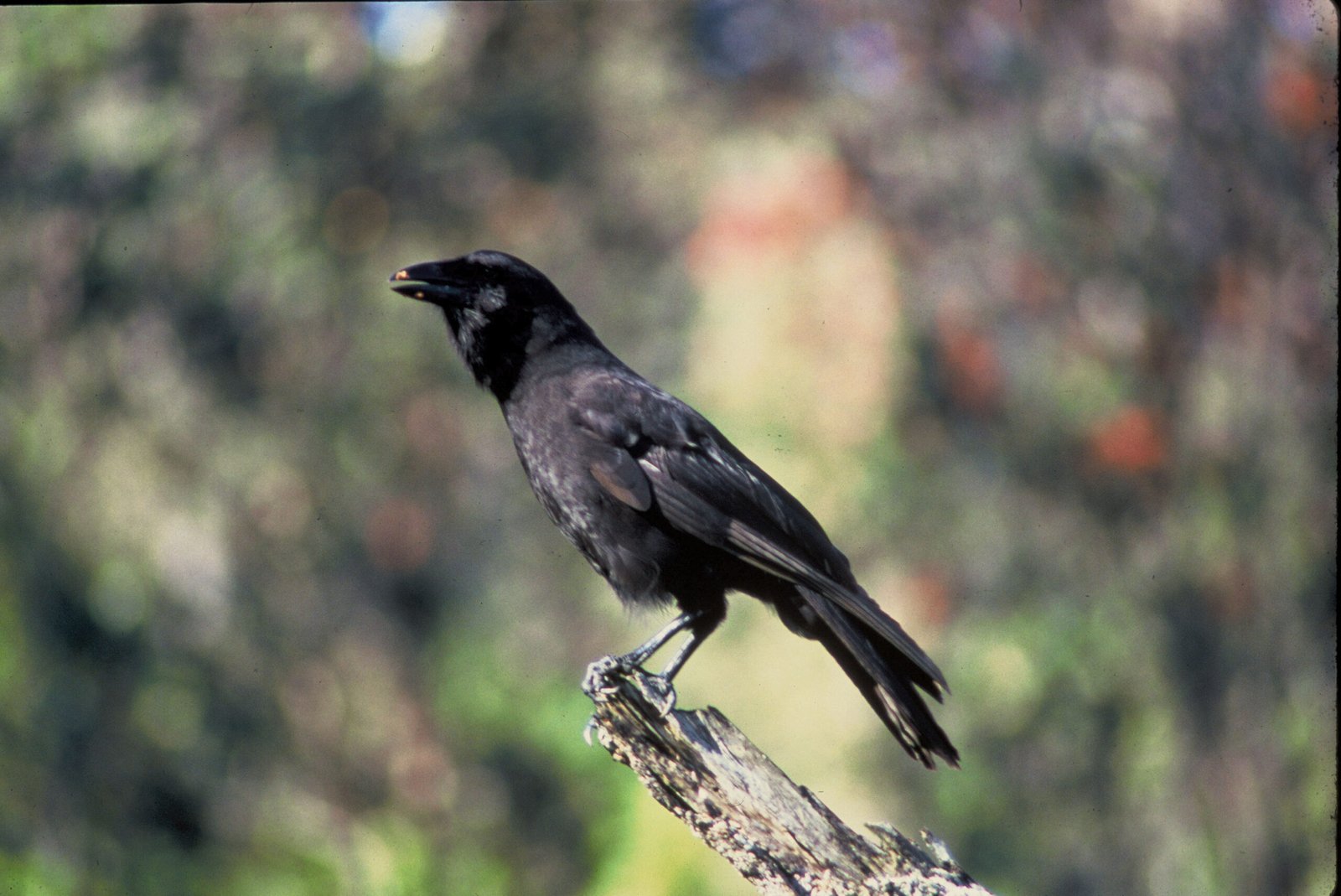
Behind every step in the battle to save the ‘Alalā are dedicated individuals—scientists, volunteers, and local communities—working tirelessly. Some trudge through muddy forests, tracking released crows with radio collars. Others monitor nests, nurse sick birds, or plant native trees to rebuild habitat. These unsung heroes face frustration and heartbreak, but their passion never wavers. Many are inspired by the belief that saving the ‘Alalā is a duty, not just to nature, but to future generations. Their teamwork and determination are proof that even the most daunting conservation battles can spark hope.
Restoring the Forest: More Than Just Birds
The ‘Alalā’s fate is intertwined with the health of Hawaii’s forests. As natural seed dispersers, these crows help regenerate native trees, maintaining the delicate balance of the ecosystem. Without them, certain plants struggle to survive, and the forest loses its resilience. Conservation efforts now focus on not just the birds, but the entire habitat—removing invasive species, replanting native flora, and controlling disease. By saving the ‘Alalā, conservationists are healing the land itself, showing how the survival of one species can uplift an entire community of life.
Lessons in Resilience and Adaptation
The story of the ‘Alalā is a lesson in both fragility and strength. Despite being pushed to the edge, these crows have shown remarkable adaptability—learning new skills, surviving in captivity, and facing the wild once more. Their journey mirrors the challenges faced by many endangered species around the globe. It’s a reminder that with creativity, persistence, and compassion, we can turn back the tide of extinction. The ‘Alalā’s resilience inspires all who fight for the wild, proving that hope is never lost, even in the darkest moments.
A Call to Action: The Legacy of the ‘Alalā
The battle to save the Hawaiian crow is far from over, but every chick hatched and every crow released is a victory. The ‘Alalā’s story is not just about saving a bird; it’s a call for everyone to cherish and protect the wonders of the natural world. Whether by supporting conservation efforts, learning about native wildlife, or sharing the tale of the ‘Alalā, every action matters. In the echo of the crow’s call lies a question: will we answer with action, or let silence fall forever?

